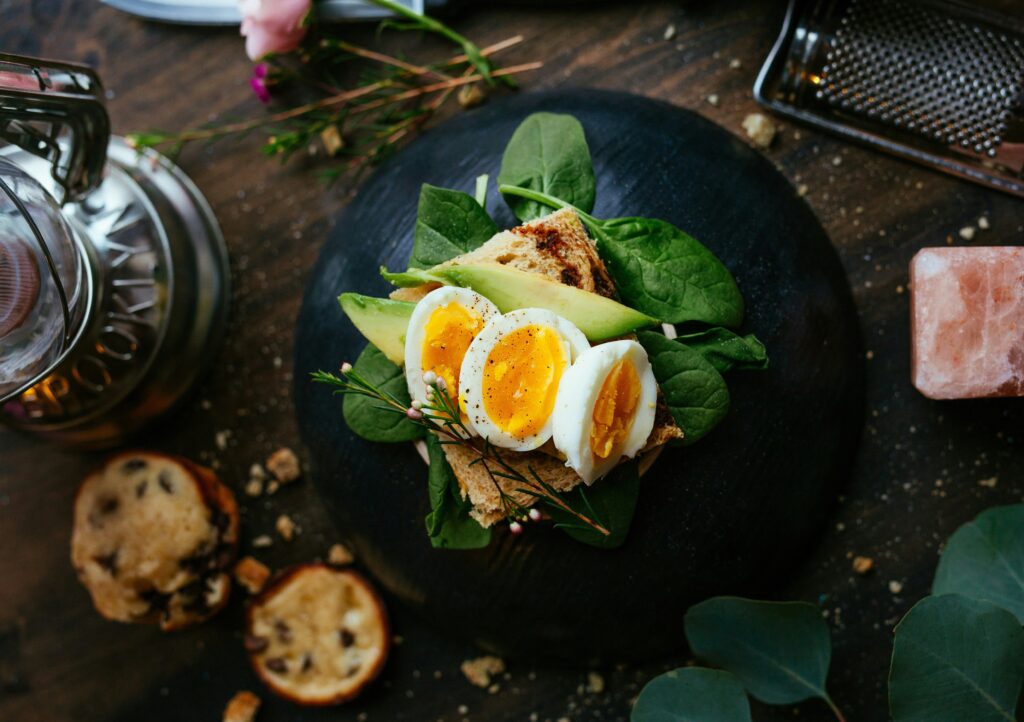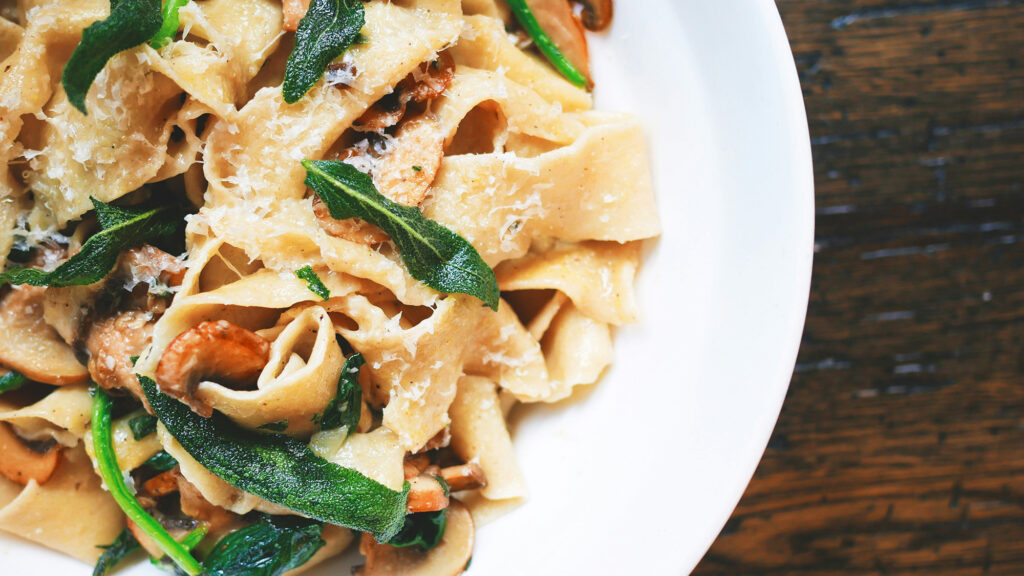Aloo Gobi and Chapati are among the staple foods in Indian households. Still, their effect on glucose metabolism has garnered attention in recent years. Aloo Gobi, a dish made using potatoes and cauliflower; and chapati, a flatbread type, contain complex carbohydrates that can impact blood sugar levels. Understanding the association between these foods and glucose metabolism is essential for individuals with diabetes or at a risk for developing the condition.
Optimising Aloo Gobi and Chapati for glucose metabolism
• Try using low glycemic index flours like coconut flour or almond flour for chapati.
• Replace starch with proteins like cottage cheese, soya chunks, and soya granules.
• Try serving protein-rich foods like lentils or grilled chicken to slow down glucose absorption.
• Consider adding vegetables like spinach or kale to the aloo gobi recipe or you may consume plain cauliflower sabji.
• You may also try substituting some potatoes in aloo gobi with a lower glycemic index vegetable like mushroom or eggplant.
Aloo Gobi and Chapati are complex carbohydrate-rich foods that can impact glucose metabolism. The body breaks down carbohydrates into glucose, entering the bloodstream and releasing insulin. High glycemic index foods like white flour and sugar cause rapid glucose spikes. In contrast, low glycemic index foods like whole grains and non-starchy vegetables lead to slower glucose absorption and more stable blood sugar levels.







